As someone who has spent countless hours in my shed, I understand the importance of keeping it properly insulated.
A well-insulated shed not only keeps you comfortable while working but also protects your tools and equipment from damage caused by extreme temperatures.
However, insulating a shed can be expensive, especially if you have a tight budget. But fear not, because I have found 5 ways how to insulate a shed for free.
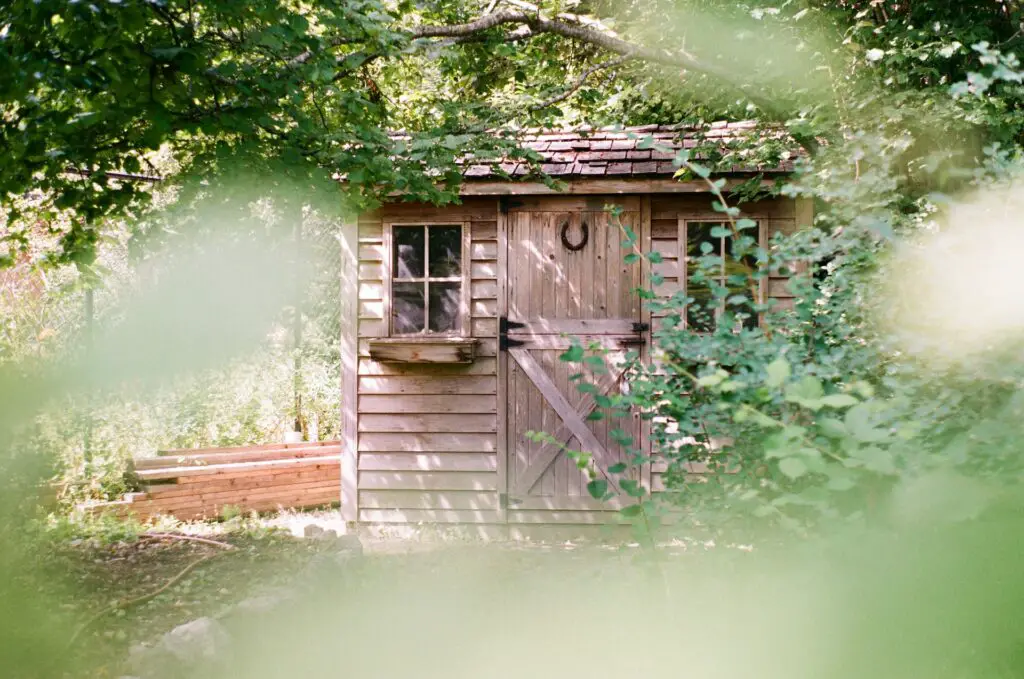
5 Ways to Insulate a Shed for Free
1. Use Recycled Materials
One of the easiest ways to insulate a shed for free is by using recycled materials. Things like old newspapers, cardboard boxes, and even denim clothing can all be used to insulate your shed.
Simply stuff them between the walls of your shed and they will provide a layer of insulation that helps to keep the heat inside.
To do this, start by removing any sheathing or drywall from the inside of your shed. Next, cut the recycled material to fit the gaps between the studs, and stuff it into place. Once you have filled all the gaps, replace the sheathing or drywall to cover the insulation.
You can buy old clothes in bulk HERE
2. Use Bubble Wrap
Bubble wrap is another free and effective way to insulate a shed. The small air pockets in bubble wrap create an insulating layer that helps to keep heat inside the shed. To use bubble wrap as insulation, simply cut it to the size of the wall cavity and attach it to the wall using staples or double-sided tape.
You can also use bubble wrap to insulate the windows in your shed. Simply cut a piece of bubble wrap to the size of the window and attach it using double-sided tape. This will help to keep the heat inside while still allowing natural light to enter.
We found some bubble wrap HERE
3. Install Weather Stripping
Weather stripping is a simple yet effective way to keep the heat inside your shed. It is particularly useful around doors and windows, where cold air can easily enter. Weather stripping is often made from foam or rubber and can be found for free in many hardware stores.
We found Foam Weather Stripping HERE
To install weather stripping, start by cleaning the area where you want to install it. Next, measure the length of the area and cut the weather stripping to size. Finally, attach the weather stripping to the door or window using adhesive.
4. Use Insulating Paint
Insulating paint is a unique way to insulate your shed without spending any money. This type of paint contains tiny ceramic beads that reflect heat back into the room, keeping it warm in the winter and cool in the summer. It also helps to reduce noise and condensation.
Insulation paint can be found HERE
To use insulating paint, start by cleaning the walls of your shed. Next, apply the paint using a roller or brush, making sure to cover the entire surface. You may need to apply multiple coats for the best results.
5. Add Rugs or Carpets
Adding rugs or carpets to the floor of your shed is a great way to keep your feet warm while working. Not only do they add a layer of insulation, but they also provide a soft surface to stand on. You can often find free rugs or carpets on websites like Craigslist or Freecycle.
To use rugs or carpets as insulation, simply lay them down on the floor of your shed. You can also use carpet padding underneath for extra insulation.
What Not to Use for Shed Insulation
When it comes to insulating your shed, there are some materials that you should avoid using as they may not be effective or may even be dangerous.
Here are some materials that you should not use for shed insulation:
Fiberglass insulation – While fiberglass insulation is a common choice for home insulation, it may not be the best option for sheds. Fiberglass insulation can be difficult to work with and may release tiny glass fibers into the air, which can be hazardous to your health if inhaled.
Polystyrene foam – While polystyrene foam may seem like a good insulation material, it is not recommended for use in sheds due to its flammability. If a fire were to occur in your shed, polystyrene foam insulation could quickly spread the flames.
Newspaper or other flammable materials – While using recycled materials like newspaper to insulate your shed may seem like a good idea, it is not recommended as these materials can be highly flammable. If a fire were to occur in your shed, using flammable materials could increase the risk of the fire spreading.
Sawdust or wood chips – Sawdust or wood chips may seem like a good way to insulate your shed, but they can be highly flammable and can attract rodents and insects to your shed. Additionally, they may also create a breeding ground for mold or mildew.
In general, it is important to choose materials that are non-flammable, non-toxic, and do not attract pests or create a breeding ground for mold or mildew. It is also important to make sure that any insulation materials you use are appropriate for the specific needs of your shed, such as the climate in your area and the type of work you will be doing in the shed.
Conclusion
In conclusion, insulating a shed doesn’t have to be an expensive project. By using recycled materials, bubble wrap, weather stripping, insulating paint, and rugs or carpets, you can insulate your shed for free. Not only will this help to keep you comfortable while working, but it will also protect your tools and equipment from damage caused by extreme temperatures.

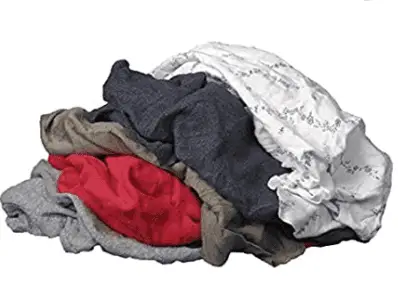
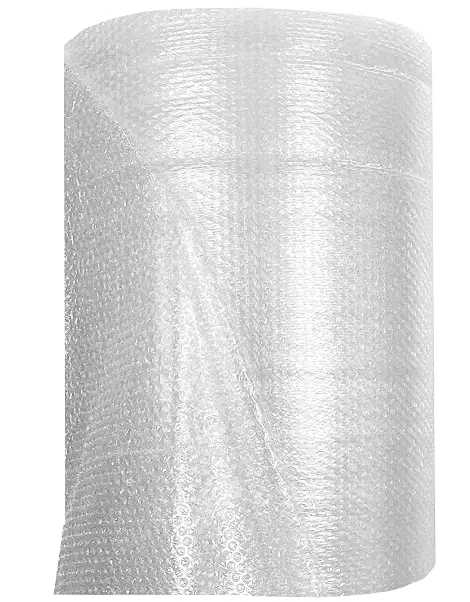
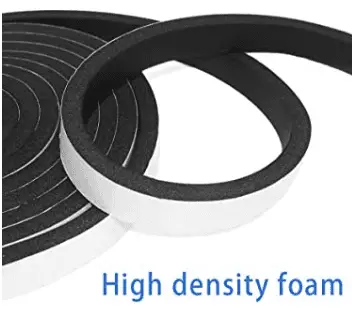
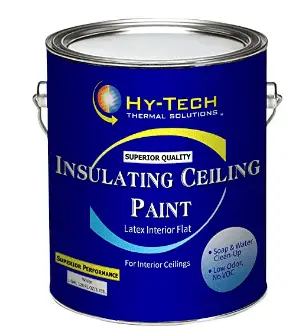
![What Gravel To Use For Patio Base [Best Options]](https://www.cleverpatio.com/wp-content/uploads/2021/11/What-Gravel-To-Use-For-Patio-Base-270x180.jpg)


Leave a Reply